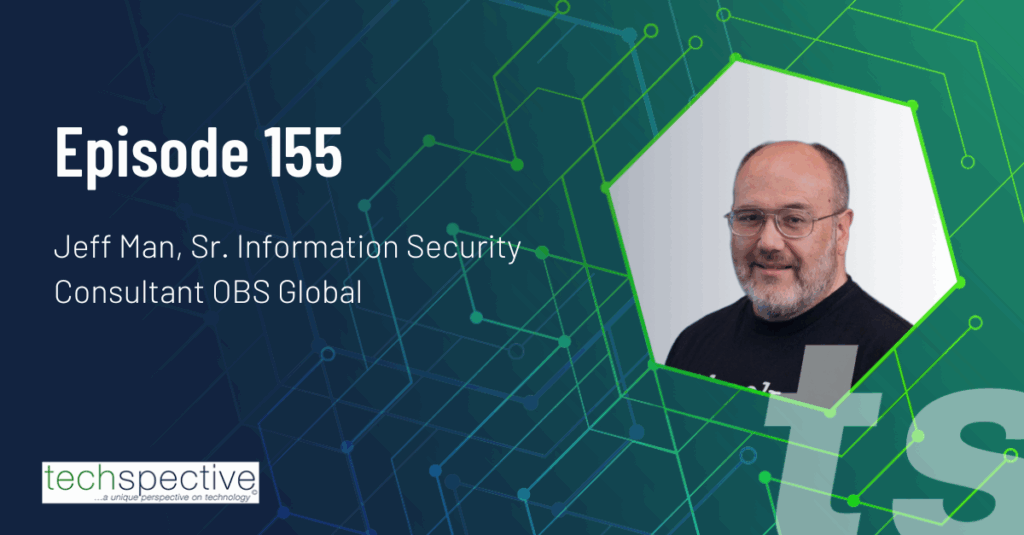Hackers and cybercriminals are coming up with more and more devious ways to steal every day. Some of the data breaches are huge, like the attacks on Target and Anthem, allowing hackers to get access to millions of social security numbers, email address, credit card numbers and other personal information. Some are state-sponsored cyberattacks, like the recent massive data breach that affected virtually every U.S. government agency. All the above increases the risks for identify theft on a global scale.
Victims of identity fraud can take steps to notify the authorities and credit bureaus. Massive data breaches are different. Being part of a data breach is like losing your wallet at the mall — no way to tell who has it, how they will use it, when they will use it, or if they will use it at all. Only one thing is certain: you must take precautions.
Max Nomad, IT computer consultant and author of the book Surviving The Zombie Apocalypse: Safer Computing Tips for Small Business Managers and Everyday People offers up specific advice:
1) Perform a deep scan of your home computer(s) using multiple antivirus and malware removal programs. Massive data breaches mean that numerous computers were affected, including privately-owned machines. Take steps to make sure yours is clean before proceeding with step #2.
2) Change the password(s) to every account on your home computer.
3) Get a Password Locker app and use it to generate and store all your new passwords.
4) Go through and change the passwords to every online account. Online banking, online payment sites, etc. I would also recommend changing all work passwords but their IT departments are going to make that happen anyway.
5) Enable two-factor authentication everywhere possible, starting with anything related to banking and credit cards.
6) Make sure your emails are not being tracked. Tracking uses one or more images in an email to geo-locate where the message is being viewed. Disabling images in your message previews prevents this kind of tracking. Any messages you don’t trust, delete them instead of allowing them to download and display images that are part of the message.
7) If you don’t have a public key, go to https://gnupg.org , download the software and create one now. Aside from being able to send and receive securely encrypted emails, these can be used to digitally sign your public messages to verify that these posts came from you.
8) Be vigilant, both with your online communications as well as phones.
- Protecting businesses from the top cybersecurity concerns - June 10, 2015
- Protecting yourself after a massive data breach - June 9, 2015




Great Information!!!